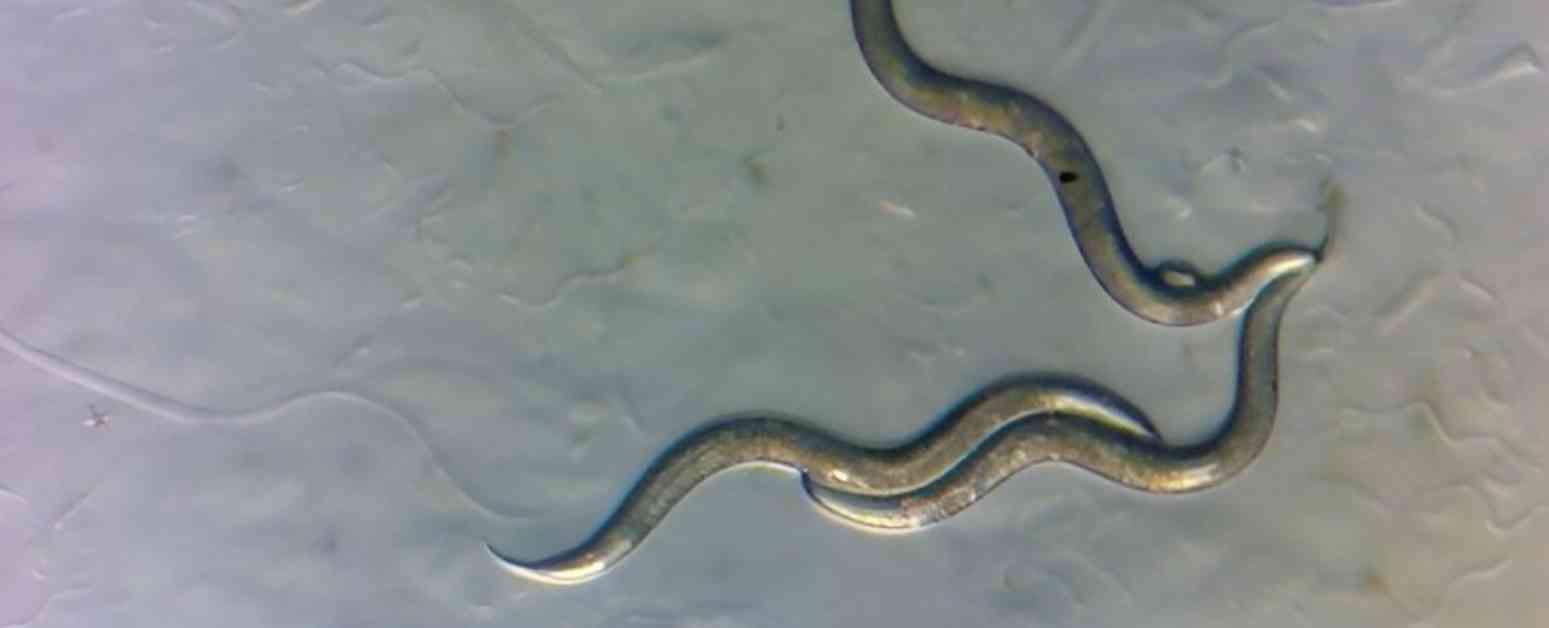Microscopic worms living in the highly radioactive environment of the Chernobyl Exclusion Zone (CEZ) have been found to exhibit no radiation damage to their genomes, which goes against expectations for organisms in such a hazardous location. The discovery, made by a team of biologists led by Sophia Tintori of New York University, suggests that these worms are resilient and can adapt well to conditions that may be harmful to other species.
The Chernobyl Nuclear Power Plant explosion in April 1986 rendered the area around it and the nearby town of Pripyat in Ukraine off-limits to the general public, due to the high levels of ionizing radiation present in the environment. Despite this, animals in the region have been observed to thrive, leading to the CEZ becoming a unique animal sanctuary spanning 2,600 square kilometers.
Research on animals living in the area has revealed genetic variations compared to those outside the zone, indicating the effects of the disaster on local ecosystems. However, there is still much to learn about how the disaster has impacted the wildlife in the region.
To gain insights into the effects of radiation exposure on organisms in the CEZ, the team of researchers focused on nematodes, specifically the species Oschieus tipulae. These roundworms were collected from various habitats within the CEZ, and their genomes were sequenced and compared to specimens from other parts of the world.
Surprisingly, the CEZ worms showed genetic similarities among themselves, despite geographic distances, and exhibited no signs of DNA damage typically expected in a mutagenic environment. Further analysis revealed no correlation between mutation rates and ambient radiation levels, suggesting that the worms have adapted to the radiation without genetic consequences.
The findings from this study could potentially aid in understanding why some individuals are more susceptible to cancer than others, as the research provides insights into how organisms tolerate DNA damage. By studying these radiation-resistant worms, researchers hope to unravel the factors that influence individual responses to carcinogens in the environment.
Overall, the research sheds light on the resilience of organisms in the face of extreme environmental conditions and opens up new avenues for studying DNA repair mechanisms that could be applied in human medicine. The study was published in the Proceedings of the National Academy of Sciences, offering valuable contributions to the field of genetics and radiation biology.












